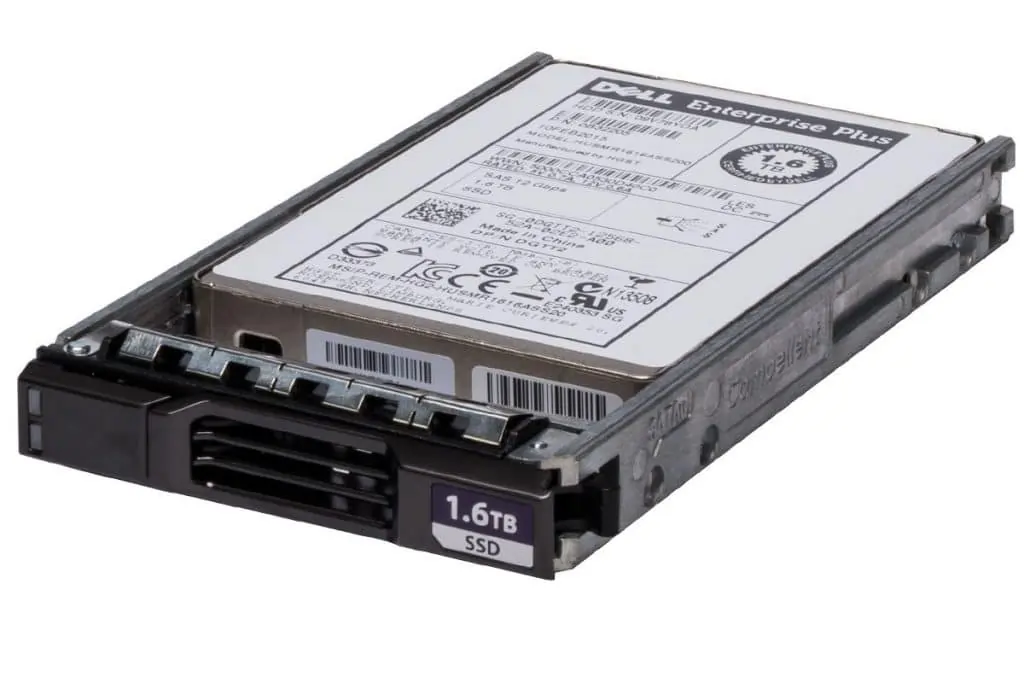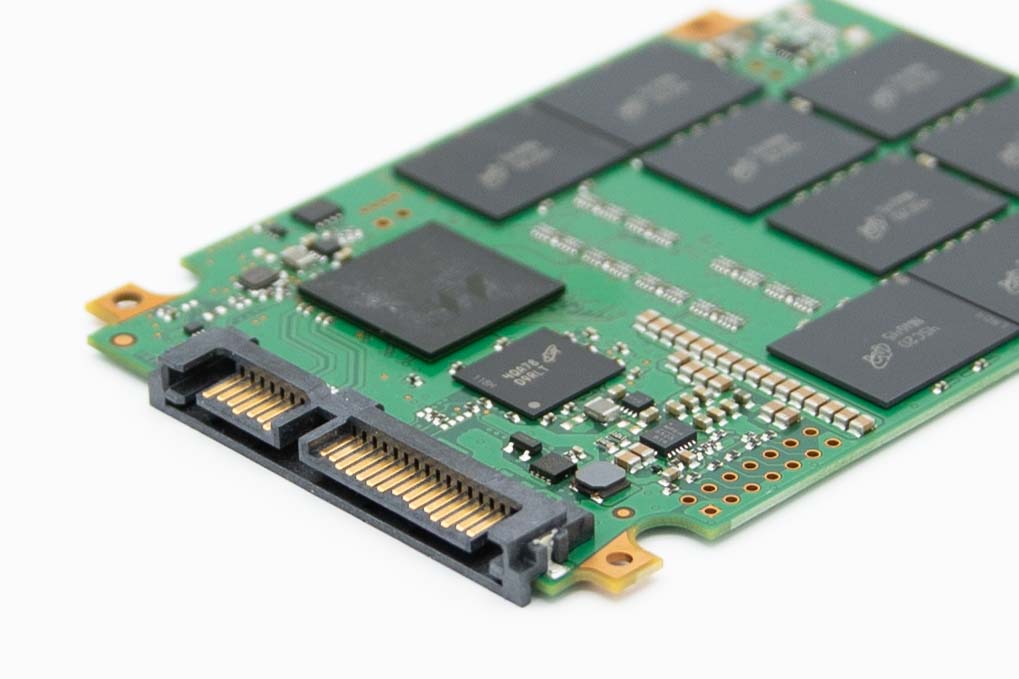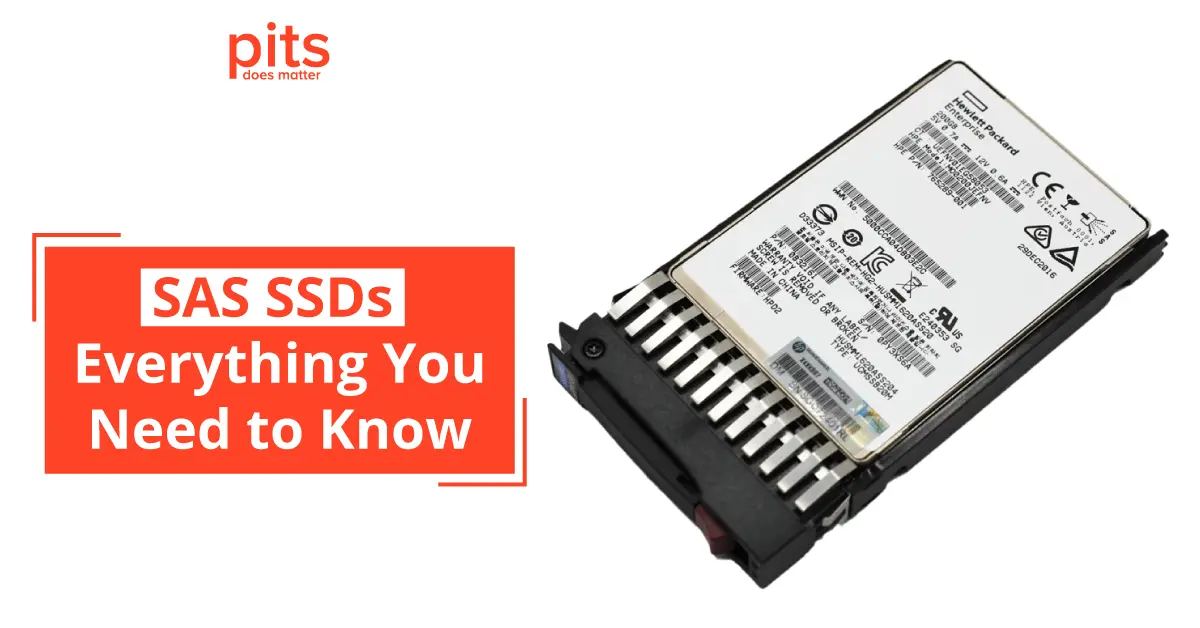In today’s fast-paced world, data is the lifeblood of businesses and organizations. The ability to quickly and efficiently access, process, and store data is crucial for maintaining a competitive edge. To meet these demands, data centers are constantly seeking high-performance storage solutions. Enter Serial Attached SCSI (SAS) Solid State Drives (SSDs), often referred to as SAS SSDs. In this blog post, we will dive into the world of SAS SSD, exploring its advantages, key features, and its role in the modern data center.
Understanding SAS Drives
Serial Attached SCSI (SAS) drives represent a powerful and versatile storage technology that combines the benefits of traditional SCSI with modern serial interface architecture. These drives are commonly used in enterprise environments where reliability, performance, and scalability are paramount.
SAS SSDs: The Best of Both Worlds
SAS SSDs combine the speed and durability of solid-state drives (SSDs) with the reliability and enterprise-level features of SAS drives. This fusion results in a high-performance storage solution ideal for data center applications. Let’s explore some of the key benefits of SAS SSDs:

- High Performance: SAS SSDs are designed for heavy workloads, providing rapid data access and transfer rates. With SAS SSDs, data centers can achieve exceptional I/O performance, reducing latency and ensuring responsive applications.
- Data Transfer Rate: SAS SSDs offer impressive data transfer rates, often exceeding 12 Gbps per lane. This high-speed data transfer ensures that data can be quickly read from and written to the drives, contributing to overall system efficiency.
- SAS Interface: The SAS interface is highly reliable and capable of supporting multi-path communication. This redundancy is crucial in enterprise environments, ensuring data availability and minimizing downtime.
- Form Factor: SAS SSDs are available in various form factors, including 2.5-inch and 3.5-inch drives, making them compatible with a wide range of server and storage configurations.
- Reliability: SAS SSDs are known for their durability and robustness, making them suitable for 24/7 operation in data centers. They often come with features like power loss protection, advanced error correction, and wear-leveling algorithms to extend their lifespan.
SAS SSDs vs. PCIe SSDs
While PCIe SSDs are also known for their high performance, SAS SSDs have their own unique advantages, especially in enterprise settings. SAS SSDs excel in scenarios that require scalability, hot-swapping, and compatibility with legacy systems. PCIe SSDs, on the other hand, are more commonly found in desktops and workstations, where the emphasis is on raw speed.
The Role of SAS SSDs in the Modern Data Center
SAS SSDs are the go-to choose for data centers looking to balance performance and reliability. They are commonly used in:
- Databases: SAS SSDs are ideal for database applications where high I/O performance and low latency are essential for quick data retrieval.
- Virtualization: Virtualization platforms rely on fast storage to provide responsive virtual machines. SAS SSDs ensure that these systems operate at peak efficiency.
- Tiered Storage: In tiered storage configurations, SAS SSDs often serve as the top-tier storage, housing the most frequently accessed data.
- Legacy Systems: Many data centers still operate legacy systems that require SAS drives. SAS SSDs offer a modern upgrade path for these setups.
Serial Attached SCSI (SAS) Solid State Drives (SSDs) have become an indispensable component of modern data centers. Their combination of high performance, reliability, and versatility makes them an excellent choice for demanding enterprise environments. As data continues to grow in importance, SAS SSDs will play a crucial role in ensuring that data centers meet the ever-increasing demands for speed and efficiency.

SAS SSD Data Recovery Services with PITS
PITS Global Data Recovery Services is committed to delivering exceptional data recovery solutions tailored to a wide range of storage devices, including SAS SSDs. Our specialized services are crafted to efficiently recover data from SAS SSDs that have suffered damage or corruption. Whether you require assistance with USB flash drives, memory cards, or solid-state drives, our team of experts is equipped with the expertise and precision to manage the recovery process with utmost care and attention.
Benefits of Our Using Services:
With our team of highly skilled professionals, we employ cutting-edge tools and advanced methods to address a wide range of data loss scenarios. We comprehend the frustration and concern associated with data loss, and that’s why we emphasize accelerating the data recovery procedure.
Whether you’ve unintentionally erased crucial files, encountered a system failure, or endured physical harm to your SAS SSD, our specialists excel in data recovery. We take pride in our ability to retrieve valuable data, even in the most intricate and challenging instances of data loss.
Frequently Asked Questions
What is SAS SSD?
SAS SSD stands for Serial Attached SCSI Solid State Drive. It’s a storage device that combines the high-speed data transfer capabilities of SAS with the reliability and speed of Solid-State Drives (SSDs). SAS SSDs are used in data centers and enterprise environments where high performance and data integrity are crucial.
How does SAS SSD differ from SATA SSD?
While both SAS and SATA SSDs offer solid-state storage, SAS SSDs are designed for enterprise use and offer higher data transfer rates and reliability. SAS SSDs use a different interface and are typically more robust, making them suitable for mission-critical applications.
What is the SAS interface, and why is it important?
The SAS interface is the connection between the SAS SSD and the host system. It provides a high-speed, reliable connection that is crucial for data centers and enterprise environments. SAS interfaces are known for their durability and scalability, allowing for easy expansion of storage capacity.
What form factors are available for SAS SSDs?
SAS SSDs come in various form factors, with 2.5-inch and 3.5-inch being the most common for traditional drive bays. There are also smaller form factors like U.2 and M.2 for more compact systems. The choice of form factor depends on the specific needs of your server or storage infrastructure.
Request Help
"*" indicates required fields
